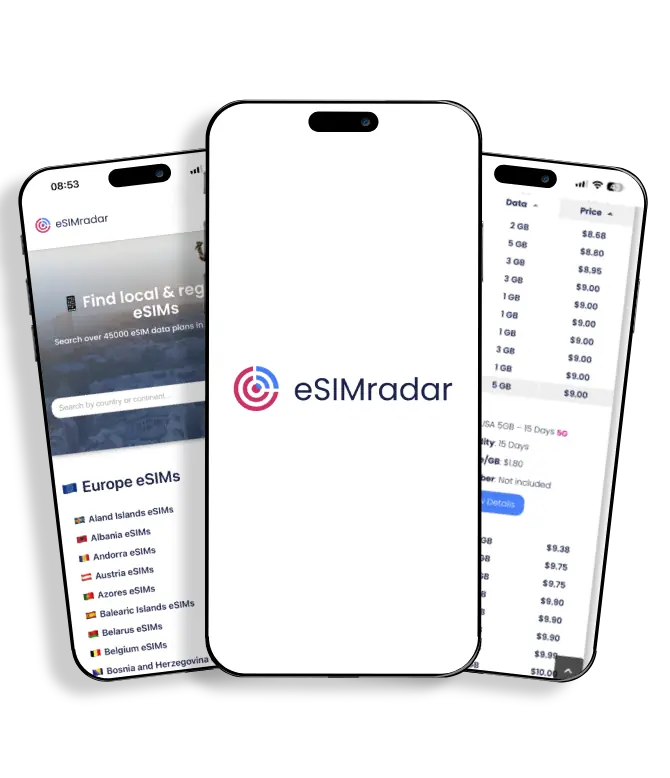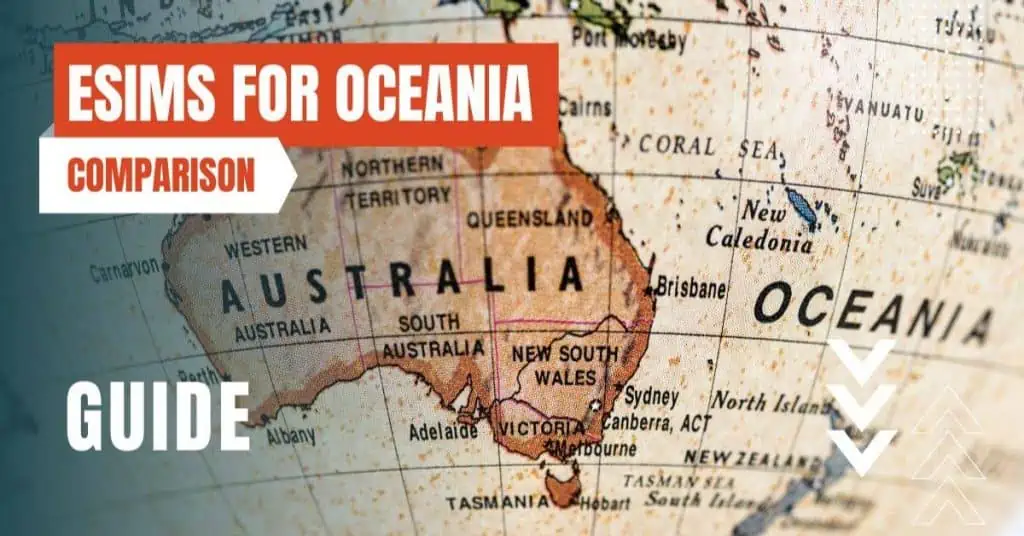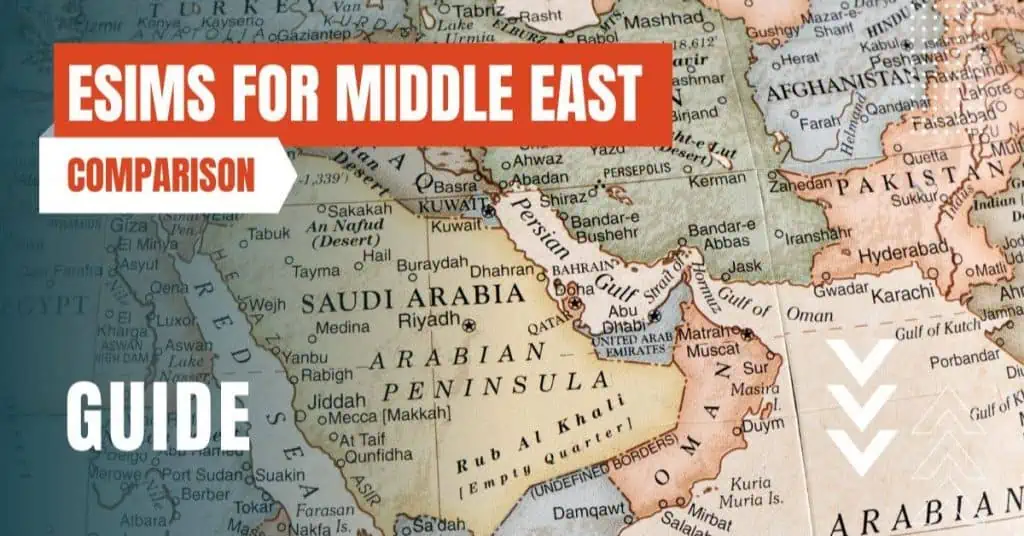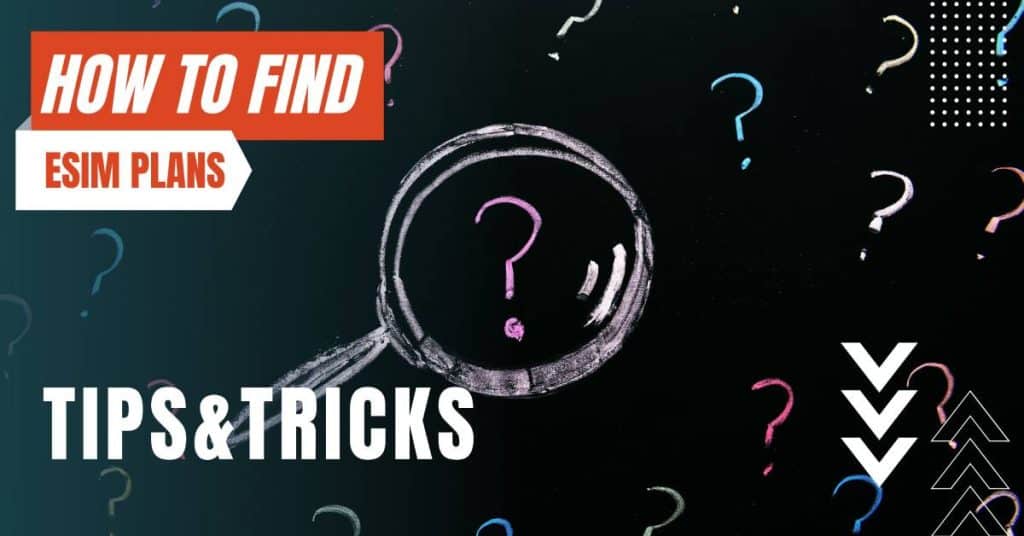All of the products and services we feature are chosen independently. If you click through links we provide, we may earn a commission. Learn more
Written by: Emily Chen
What Is a MNO
- Updated: September 30, 2023 | Published:
In the intricate web of telecommunications, the term Mobile Network Operator (MNO) is a common thread. Yet, its role and significance often remain shrouded in technical jargon.
Let’s demystify this term and delve into the fascinating world of MNOs, the silent enablers of our daily communication.
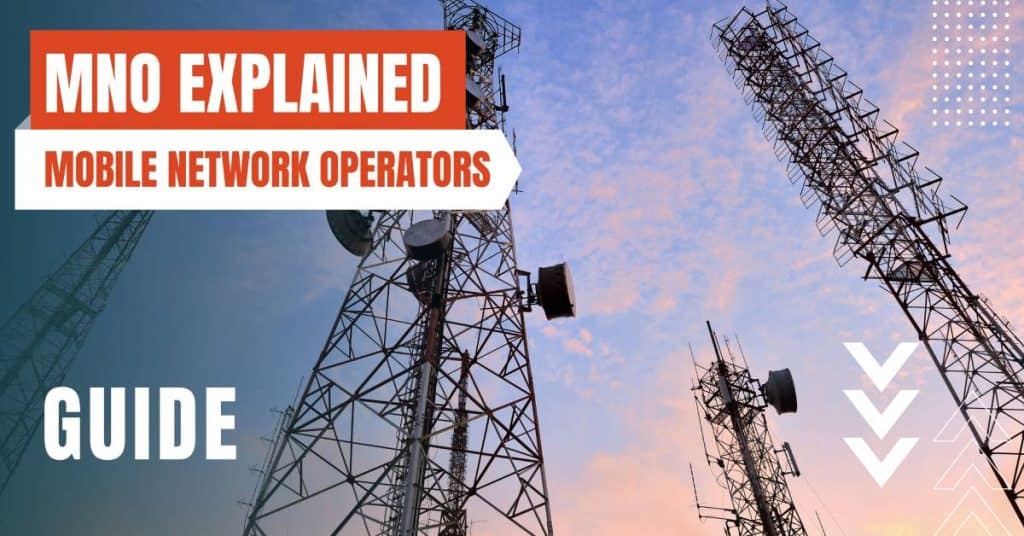
Mobile Network Operators Explained
The Essence of an MNO
The Licensing Spectrum
The Infrastructure Backbone
The infrastructure of an MNO includes cell towers that transmit signals to and from mobile devices, backhaul networks connecting these towers to the internet, and data centers. This infrastructure is the lifeblood of the mobile network, determining its coverage, capacity, and performance.
Many times, MNO’s rent their infrastructure to Mobile Virtual Network Operators (MVNO).
The Multifaceted Role of an MNO
Customer Relationship Management
Value-Added Services
The Evolution of MNOs: A Journey Through Time
The Smartphone Revolution
The introduction of smartphones marked a significant turning point in the role of MNOs. These devices shifted the focus from voice calls and text messages to data services like internet access, email, social media, and mobile apps.
This shift necessitated MNOs to upgrade their networks to support high-speed data transmission and develop new services and business models.
The Rise of Mobile Applications
The Future of MNOs: At the Heart of Digital Transformation
The Advent of 5G
MNOs are the unsung heroes of our mobile-centric world. They not only provide the services we rely on every day but also drive the innovation that will shape the future of telecommunications.
The next time you make a call, send a text, or stream a video on your smartphone, remember the intricate network of technology and services that make it all possible, all thanks to your Mobile Network Operator.
By entering your email & signing up, you agree to receive promotional emails on eSIMs and insider tips. You can unsubscribe or withdraw your consent at any time.

About The Author
Spread the Word, Share the Joy
Compare eSIMs
Why keep the secret to yourself? Spread the joy of eSIMradar and let everyone in on the eSIM experience!

Easy eSIM Comparison for Your Needs
Simplifying your search! Easily compare eSIM plans tailored to your specific needs

Coverage in 210+ Countries
Benefit from our extensive eSIM comparison with 30+ providers in over 210 destinations.

Save money without second-guessing
Our platform helps you maximize value, ensuring competitive prices.

Enjoy Hassle-Free Travel Abroad
Whether you’re on holiday or a business trip abroad, stay connected with ease and focus on enjoying your experiences,
Find Your Perfect eSIM & Exclusive Deals!
Find your ideal eSIM effortlessly and stay connected in style wherever your adventures take you! Get exclusive deals and discounts at your fingertips, ensuring you get connected for less on your travels!
